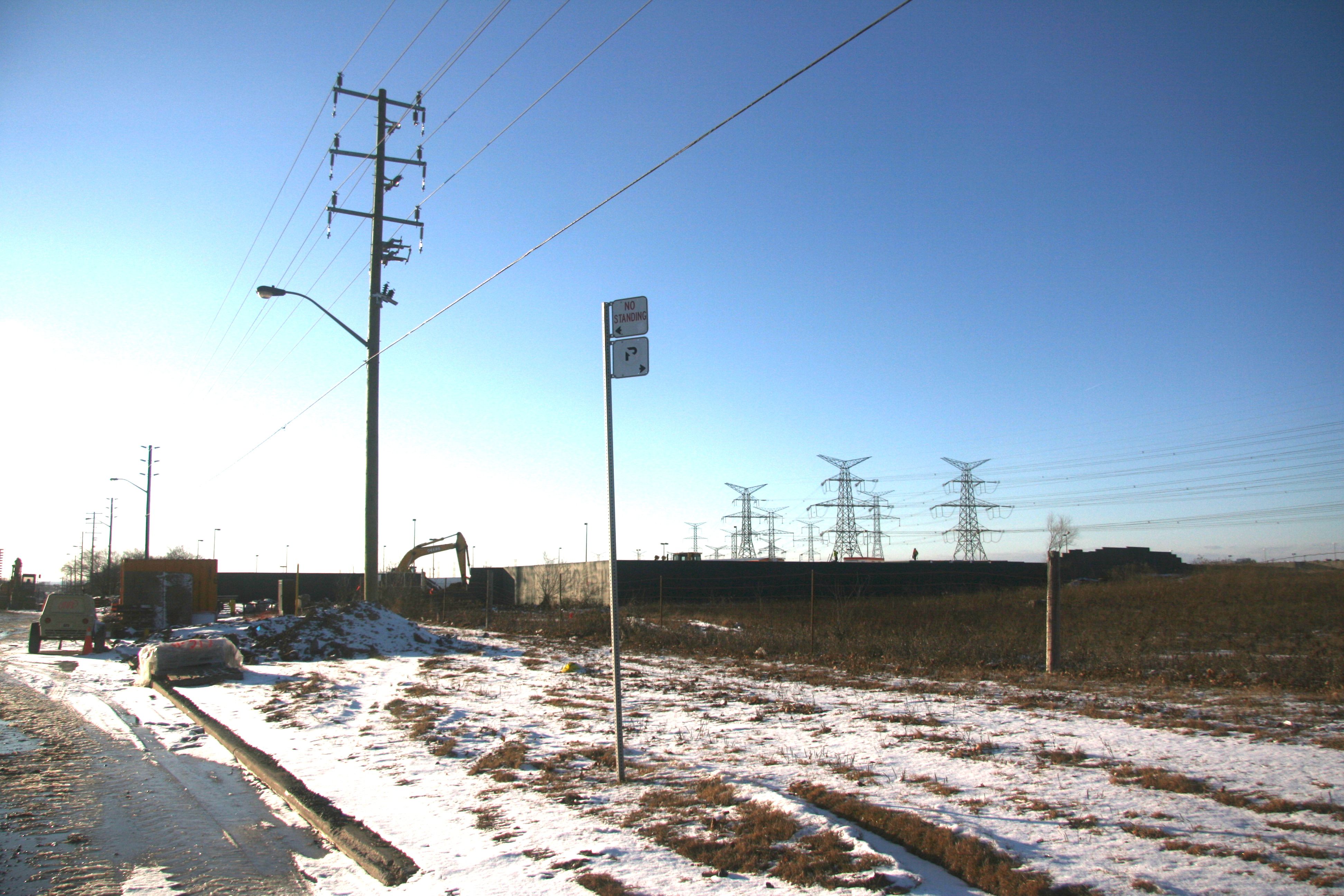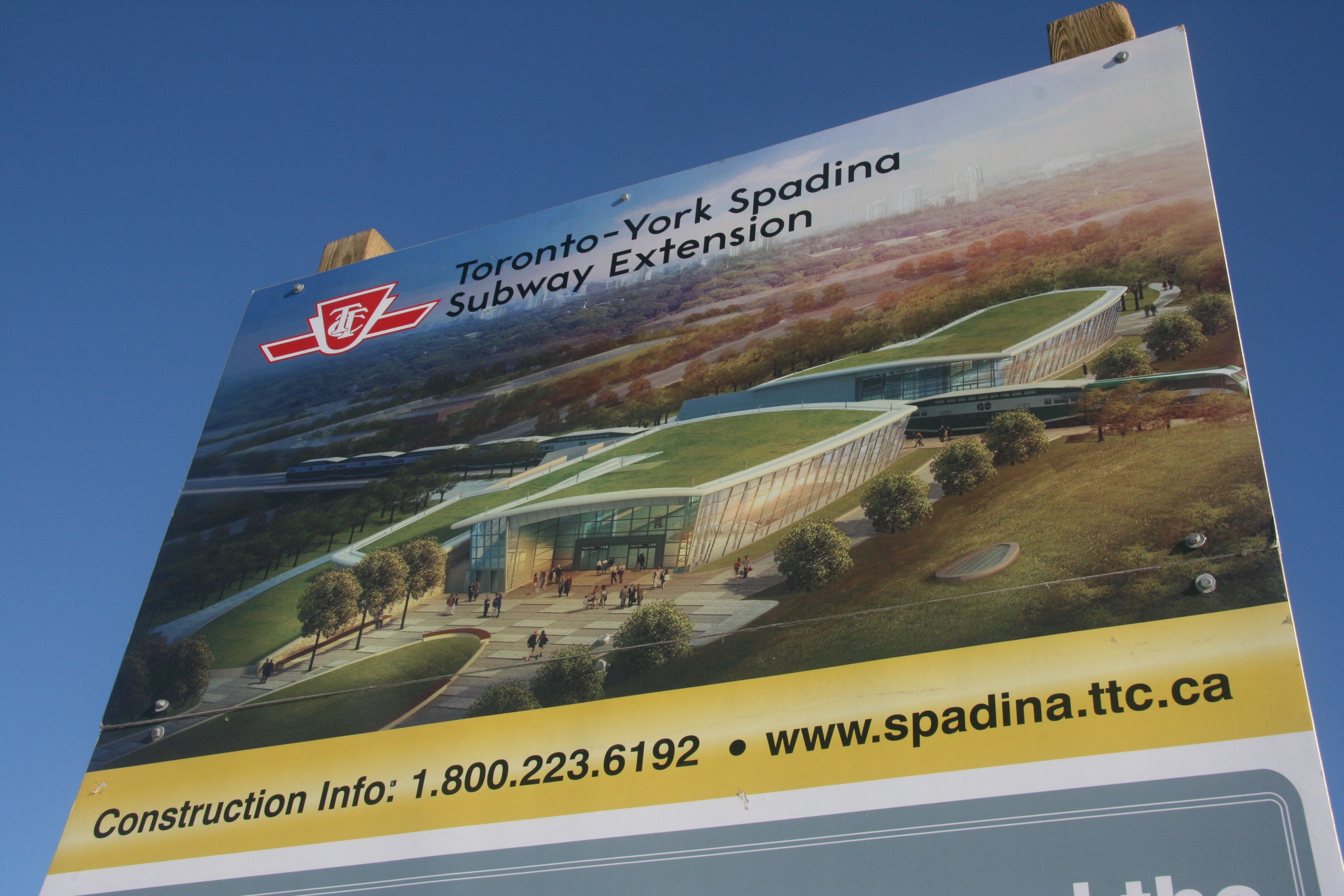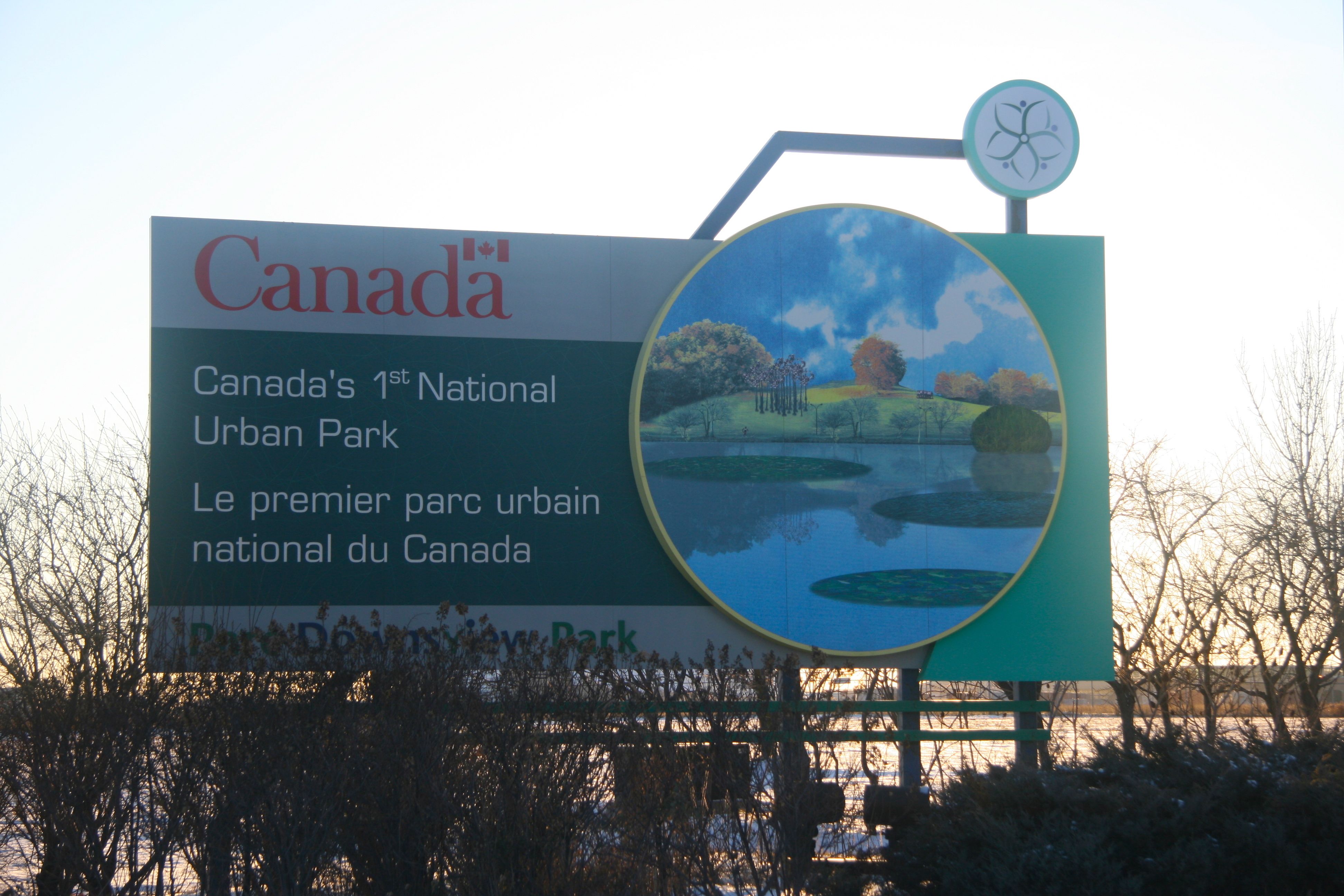West Coast U.S. city claims to have more breweries than Munich
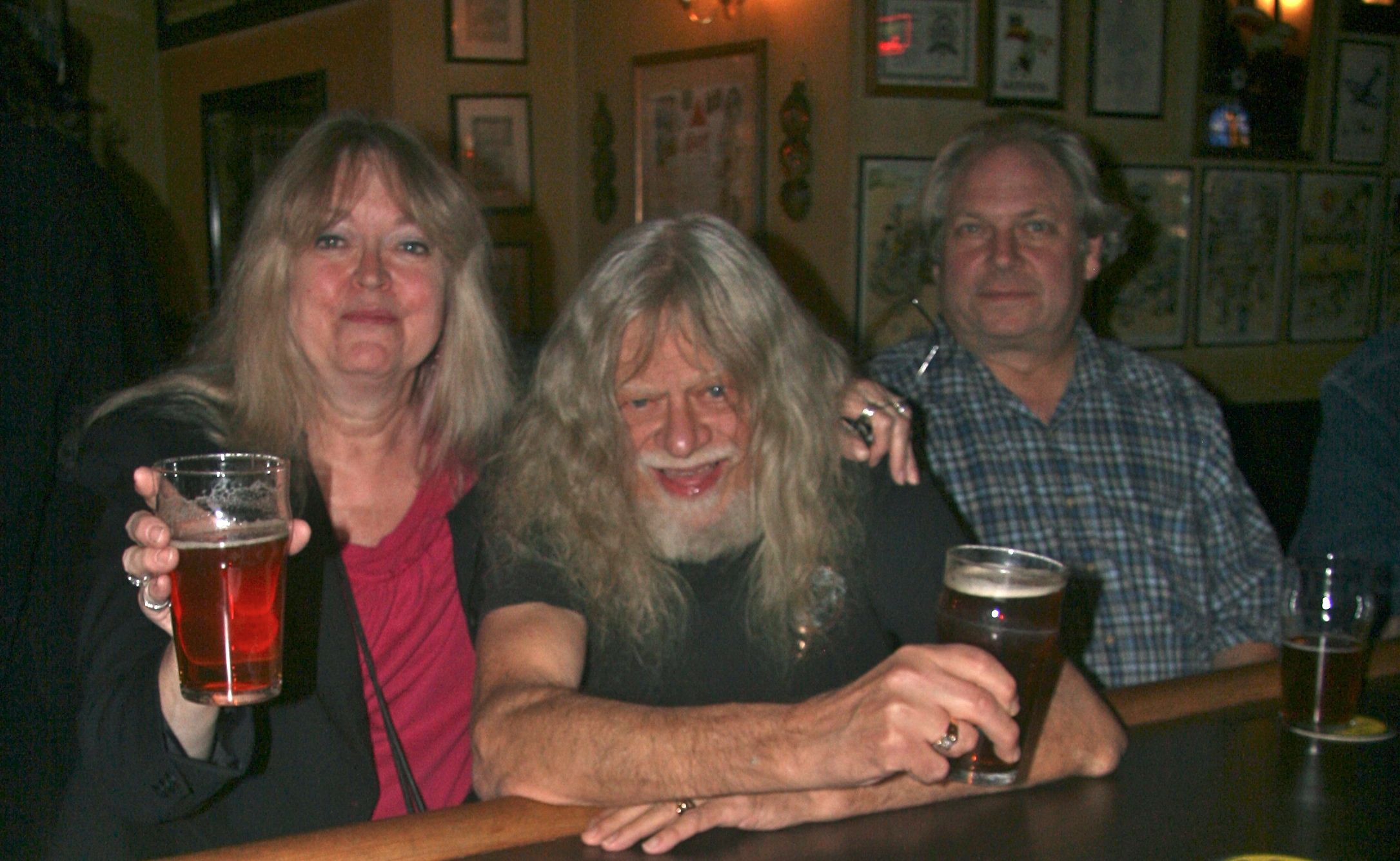
This story first appeared in the Toronto Star travel section on May 28, 2010.
By STEPHEN WICKENS
PORTLAND, ORE.—Designated driver Candace Ling rolls her eyes and gives in.
“Okay Ned, one more, but that’s it,” she says, teeth clenched, her right hand making a chopping motion.
It’s not that Ling’s friend, Ned Witherspoon, is anywhere close to tipsy. He’s a big man and it’s only mid-afternoon. But he’s supposed to fly home to Australia the next day and Ling figures the San Francisco airport is a 10-hour drive.
Witherspoon says he had an “uncontrollable urge” to double back up the coast to Portland for the weekend for “a few last American pints” after seven months in the U.S., tasting beer in 37 states.
“Everyone here calls Portland ‘brewtopia’,” Witherspoon says after ordering a Rise Up Red at the Bike Bar in the Hopworks Urban Brewery. “It’s no exaggeration. There’s lots of first-rate brewing going on in lots of places — I’ve spent time in Europe and I’m sure you have some great craft beer in Canada — but I’ve never been in a city that has so many different great beers. They say Portland has more breweries than Munich. I had to come back.”
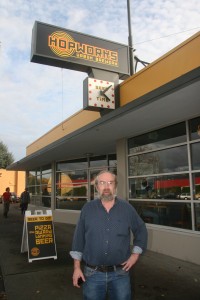
The Munich comparison and other bad beer-related puns also came up a day earlier on Jim Long’s Portland Brew Bus tour.
“This is beervana, ground zero for the great craft beer revolution,” Long tells the 15 people on the bus — which in this case is largely a bachelor party group that took a train down from Seattle.
“There are 38 breweries in the city proper (for just 600,000 people), another eight brewers out in the suburbs and several more in the state,” says Long, a local historian and author who has been running the bus since 1996.
He says he’s had tourists from dozens of countries on six continents and all 50 states. “I think we’ve had people from all your provinces, too. Up and down the West Coast, Portland is well known as the place for a ‘hoppenin’ time.”
Long tells his tours it’s logical that Portland is a beer centre. It has long been a grain export hub, has soft water and, because of a climate that helped it earn a reputation as “the City of Roses,” local farmers can grow a great variety of hops.

Christian Geismann, the groom-to-be and today’s Brew Bus guest of honour, says the trip from Seattle to sample beers isn’t his first. “It won’t be the last, either. There’s going to be quantity, of course, this is a bachelor party,” he says. “But these boys like quality, too.”
That comment prompts a round of glass-clinking at the MacTarnahan’s Taproom, stop one on the tour.
Long varies his itinerary and does some tours on foot in summer. “You should see this place during the beer festivals in July,” he says. “It’s not just beer aficionados; the place attracts lots of great bands and musicians. It’s a fun party.”
On this day, for $45 (U.S.), Long’s tour takes in six breweries, 19 beers and keeps everyone safely off the streets — not that there’s much need to drive in a city with a good transit system. It’s a bargain.
One stop with a particularly friendly atmosphere is the Lucky Labrador, a brew pub that encourages patrons to bring their dogs. Here we run into Angie Ong, a transplant from Mississauga, and her sheepdog Kato.
At Hopworks Urban Brewery, a converted former fuel oil depot, Amelia Pillow takes us for a tour of the brewing process before the tasting starts. She notes that brewing has created spinoff industries in the area besides tourism. Kettles and the precision instruments needed to measure and monitor the process are now locally made.
Witherspoon, an Aussie building contractor from the Melbourne area, says “it must be more than coincidence that all this micro-brewing took off right around the time that Portland started building its light rail system. Good public transport allows you to relax and enjoy your beer,” he says. “Pubs are central to communities,” he says, adding that his favourite in Portland is the Horse Brass.
Later that day, the Horse Brass is packed. It’s the pub’s 33rd birthday and there are 54 beers on tap, including five cask ales.
Don Younger, part owner of the place, is a bit of a Portland celebrity — a hero for championing diverse beers before a 1985 law change that kick-started the local scene by making it legal to brew and sell directly to the public through brew pubs.
“It wasn’t long ago, but it seems like ancient history,” says Younger. “All across the country you had those standard beers. Blitz was the local swill out here and you might have found a place with bottles of Heineken or something.
“Now there’s choice and it turns out there’s huge demand for it,” Younger says between people stopping by to offer him congratulations on Horse Brass’ anniversary.
“I’d love to tell you we were brilliant and we knew that we were giving birth to an industry and a tourism attraction, but the truth is that we were young, we were drunk and we were stupid.
“But we were lucky, too.”
Is Duff beer really just Blitz in disguise?
PORTLAND, ORE.—There’s a rumour around town that a once-ubiquitous local beer, Blitz, was the inspiration for Homer Simpson’s favourite brew, Duff.
I heard the tale twice in different pubs, within 48 hours.
It’s a plausible urban legend for a city with streets named Flanders, Lovejoy and Quimby. Portland is, after all, where The Simpsons creator Matt Groening was raised — and that’s clearly a point of pride among locals. And by all accounts, Blitz, was the quintessential Duff-like generic swill.
We got Antonia Coffman, executive consultant for the long-running Fox TV show, to ask Groening if Blitz inspired Duff. She tells us the answer was a terse, “no.”
But rather than feel animosity toward those who would mislead tourists, we offer thanks to one of them for steering us to a couple of old, ripe-for-parody Blitz ads on YouTube. They might be funnier if Duffman were on the water skis, but not much.
Portland Beer Festivals
• The Portland International Beerfest focuses on great, largely unknown international beers. It’s held in the city’s lively, walkable Pearl District. The 2010 edition featured 150 beers from 15 countries.
• The Oregon Brewers Festival, held on the last full weekend in July each year, focuses on American craft brewers at the Tom McCall Waterfront Park, beside the Willamette River and with views of Mount Hood and the Portland skyline.
